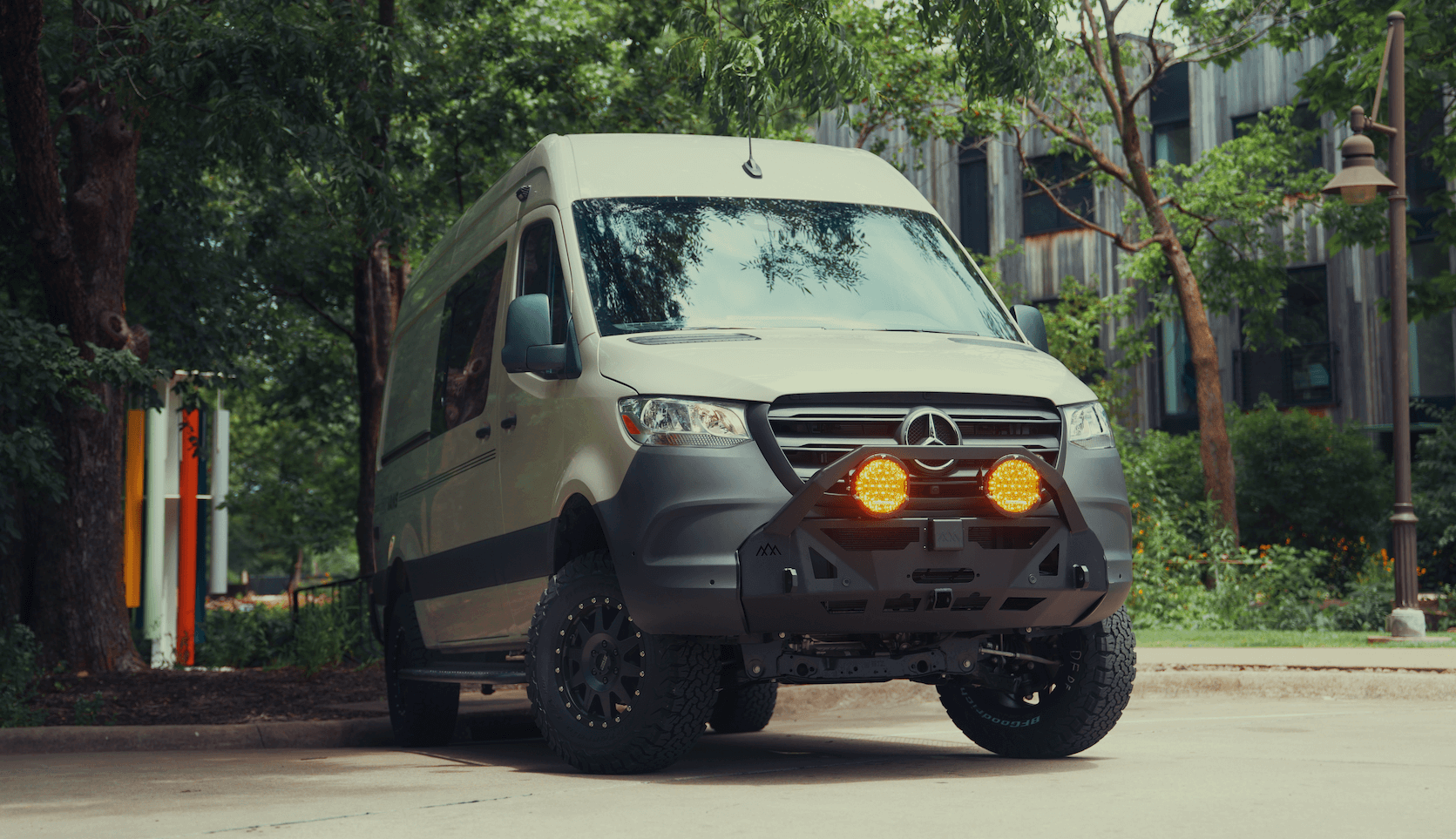Recreational Vans

A parked vehicle heats up fast. Even with windows cracked, interior temperatures can climb from a mild day to dangerous levels in minutes. Studies show that at 80 degrees outside, cabins can pass 100 degrees quickly and continue climbing. Pets do not cool themselves as efficiently as humans. Dogs rely on panting and limited sweat glands, cats are similar, and both can overheat before you realize it.
The safest rule is simple. If you would not sit inside the van without active cooling for the same amount of time, your pet should not either. Always assume the interior is warmer than outside and plan accordingly.
A few consistent habits make the difference between a comfortable ride and a risky one. Treat heat management like a system with layers. No single item is enough in summer. Stack strategies so that if one fails, the others still protect your pet.
Securing your pet keeps them safer in traffic and cooler at camp. A stable spot also prevents roaming that can block airflow or trigger anxiety.
Everything above works in any vehicle. A purpose built cabin simply makes it easier to keep temperatures stable and airflow steady. When you are ready to turn best practices into a reliable system, an integrated approach shines.
A quiet roof fan paired with screened windows creates dependable cross ventilation. High quality insulation and reflective treatments keep solar gain down so cooling systems do not work as hard. Properly sized battery power and solar replenish energy during the day. A pet zone with tiedown points, shade conscious placement, and easy to clean surfaces turns routine stops into a calm break rather than a scramble.
OZK Customs designs and builds these systems into real vans driven every week. Our team plans airflow paths, installs ventilation that moves serious air quietly, and integrates cabin air conditioning with safe electrical systems. We use temperature monitors and alert devices that give you readings at a glance and notifications when you step away briefly to refuel or check in. For travelers who spend long stretches in warm regions, we size power storage and solar so cooling can run while you are nearby and attentive.
We build in Fayetteville Arkansas and serve travelers nationwide. Clients fly in, pick up their van, and test everything on local trails before heading home. If you want a pet safe setup without tinkering, we will engineer the pieces to work together. You bring the routes and the four legged co pilot, we bring the airflow, shade, and steady cabin temperatures.
Ready to turn guidelines into a stress free summer routine for your pet
OZK can build these systems into new or existing vans and tailor the layout around your pet. The result is simple. You spend less energy fighting heat and more time exploring with a calm, comfortable companion.
Your pet deserves a cabin designed for the hottest days. Tell us about your travel style, climate, and animal, and we will spec cooling, ventilation, and power that work together. Start your pet safe van plan today.
Recreational adventure vans Custom van builds Mainstream vansBuild confidence into every summer mile. Share how you travel with your pet, and our team will design cooling, ventilation, and power systems that keep cabin temps steady while you enjoy the trip. Start your pet safe van plan now.
ADDRESS:
6159 E Huntsville Rd, Fayetteville, AR 72701
PHONE:
(479) 326-9200
EMAIL:
info@ozkvans.com